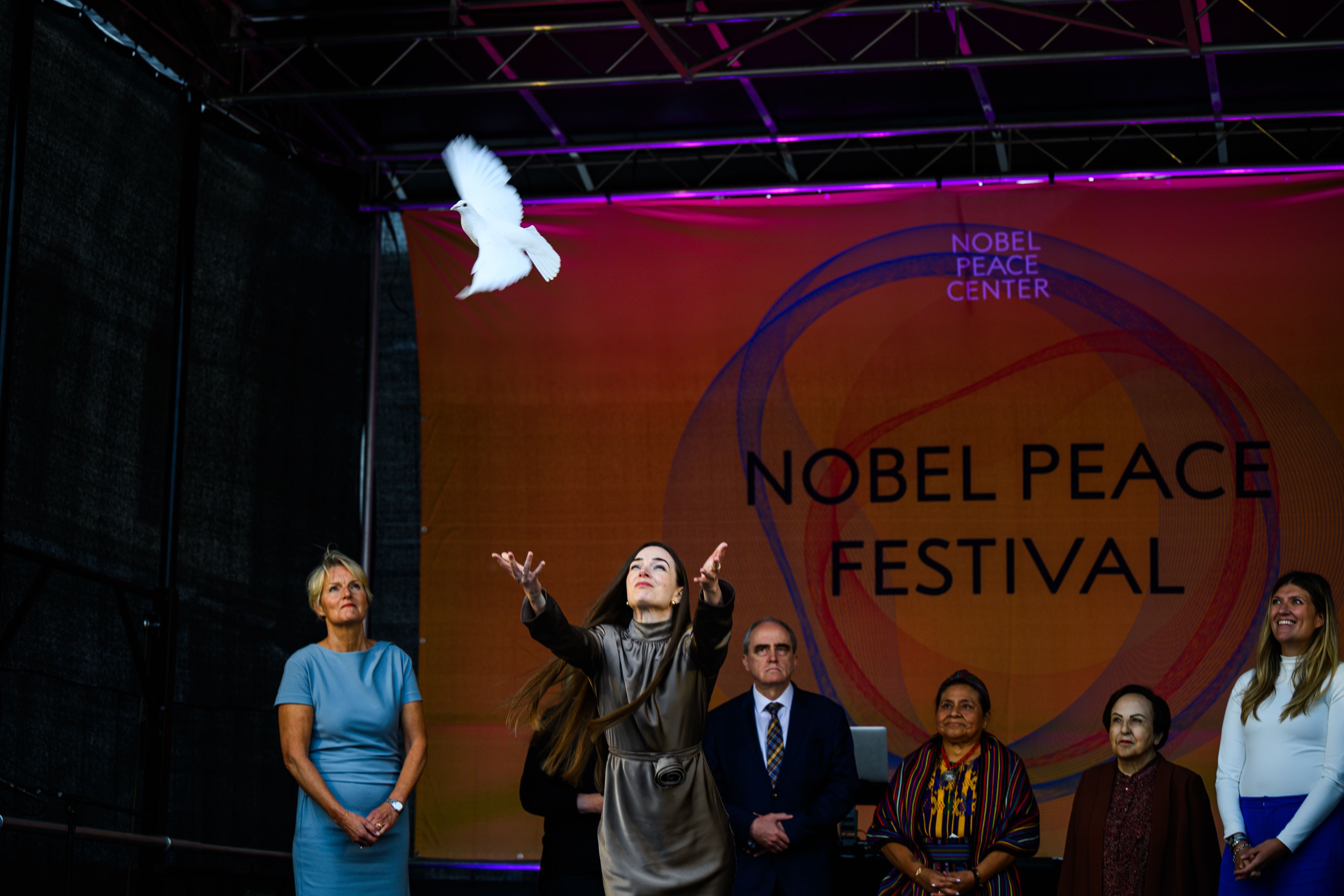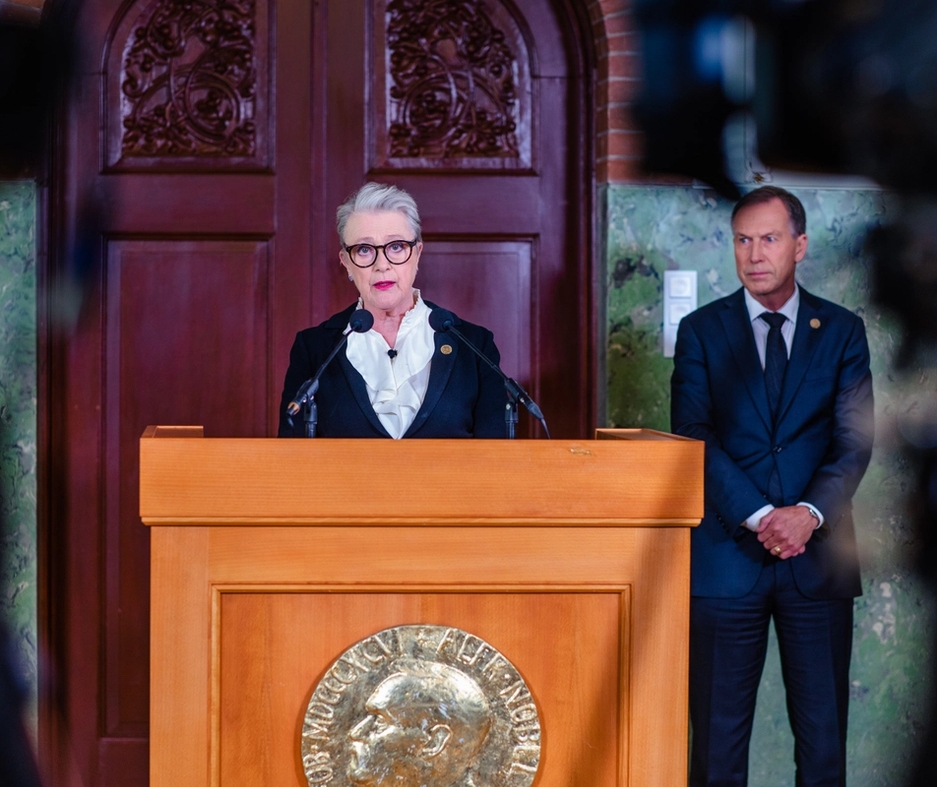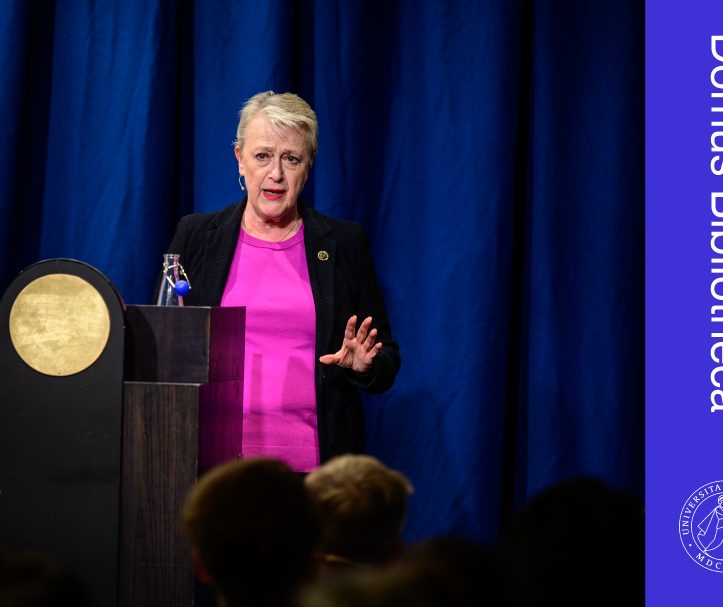A Gateway to the World
On October 6th, Friday, two of the year's largest media events will compete for attention here at home. The 2024 national budget will be presented, and the 2023 Nobel Peace Prize will be announced. Locally, it's uncertain which will garner the most attention, but internationally, there's no doubt: it is the Nobel Peace Prize! Precisely at 11 am on Friday, the world will know the new Peace Prize laureate. For a few minutes, the eyes and TV cameras of the world will be focused on Oslo and the chair of the Nobel Committee, Berit Reiss-Andersen. For several hours, the new Peace Prize laureate will be on everyone's lips, topping news broadcasts worldwide.
Why is interest in the Nobel Peace Prize still so high, 122 years after it was first awarded?
There are at least two obvious reasons:
First, the Nobel Committee has made selections that keep the prize relevant. Last year's prize to Ales Bialiatski from Belarus, the Russian organization Memorial, and the Center for Civil Liberties in Ukraine is the latest example. The award recognized the role civil society plays in promoting democracy and peace worldwide. Since Russia's full-scale invasion of Ukraine, the situation for human rights defenders in Russia, Belarus, and Ukraine has become increasingly challenging. Bjaljatski was already in prison when the award was given; members of Memorial have faced rising repression and legal persecution, and the work of the CCL has become more and more risky. The three laureates need the attention and support of the international community as much now as they did a year ago.
Secondly, the prize is often surprising, or at the very least, unpredictable. Candidates frequently listed by bookmakers rarely make it to the finish line, and even though the thematic sometimes matches, it's rare that the name at the top of the PRIO director's annual favorite list is the same as the one announced. Last year serves as a good example. Henrik Urdal had Belarusian opposition leader Svetlana Tikhanovskaja and Russian opposition figure Alexei Navalny at the top of his list, but it was other candidates from these countries who received the prize. The year before, he had Reporters Without Borders at the top. Dmitry Muratov and Maria Ressa were then awarded the prize.
Sometimes the chair of the Nobel Committee announces a name we've scarcely heard before, like Wangari Maathai or the Quartet for National Dialogue. Other times, it's a well-known figure whom nobody expected to win, like the EU or Barack Obama. These announcements spark reactions and debates, further keeping the prize relevant and lively.
But perhaps most importantly, the Nobel Peace Prize makes a difference. A tangible proof of this came last summer when Dmitrij Muratov auctioned off his Nobel medal for over a billion kroner, donating the proceeds to children affected by the war in Ukraine. Another example of the prize's significance was when the recently deceased Mikhail Gorbachev, who received the award in 1990, used part of his prize money to found the newspaper Novaya Gazeta, of which Muratov is the editor. However, more important than the monetary value is the spotlight the prize brings.
"I do and say the same things now as before I received the award. The difference is that now people listen to me," indigenous rights advocate Rigoberta Menchú Tum once said during a visit to the Nobel Peace Center. The messages of Peace Prize laureates gain more weight and a wider audience than before. They become sought-after speakers worldwide, and their words resonate deeply in the corridors of power. We at the Nobel Peace Center also aim to highlight the causes of the Peace Prize laureates, and in recent years, we've invited laureates back to Oslo almost a year after the announcement. When last year's three winners participated in the Nobel Peace Conference on August 31, they presented a call for better protection of human rights defenders. The Sunflower Declaration is intended as a tool both for the laureates' organizations and others working to promote human rights in their dialogues with decision-makers.
We aim to be a platform where Peace Prize laureates can not only shine but where the causes, they advocate for can be illuminated from various perspectives and elevated. Therefore, we create a Peace Prize exhibition to inspire the public, an educational program to teach students worldwide about the laureates' work, and a series of events to engage both experts and the general public.
On October 6th, Friday, we will have a new Peace Prize laureate. Then, we at the Nobel Peace Center will learn which individual, organization, or cause we will be working with for the next year. No matter who it is, we promise to ensure that the spotlight of the Peace Prize continues to shine and drive change long after the flashbulbs of the announcement day have faded.
The Nobel Peace Prize 2023
Share:


